News
Fighting hunger in Niger: 3 causes of hunger and 3 causes for hope
Learn more about the causes of hunger in Niger — and how we're fighting them.
Read MoreProduced annually by Concern Worldwide and Welthungerhilfe, the Global Hunger Index examines the available data for hunger levels around the world.
In 2023, the world faces a devastating combination of crises: the long-term effects of the 2020 pandemic, ongoing impacts of climate change, and the knock-on effects of conflict and violence which, even when localized, can hurt millions on a global scale.
Simply put: World hunger levels remain too high, and the progress we’ve made to reduce those numbers is not enough. For nearly 750 million people, the basic human right to adequate food is violated on a daily basis. Many of those people live in the following ten countries; the world’s hungriest countries for 2023, as ranked by Concern Worldwide and Welthungerhilfe in this year’s Global Hunger Index.
Sierra Leone’s progress on the Global Hunger Index illustrates the long-term impacts of hunger and conflict. In 2000, the country was in the final years of a decade-long civil war. Its GHI score that year was second only to Angola. While peace was declared in January of 2002, the lingering effects of conflict are felt in food systems and — most importantly — families most vulnerable to food shortages and high inflation.
There have been ongoing challenges to progress since then: Sierra Leone was at the epicenter of the 2014-16 West African Ebola virus epidemic. One year later, it had the highest maternal mortality rates in the world. The COVID-19 pandemic was another hit to the country’s economy, shrinking growth to -2% in 2020. A rebound in 2021 was shortly-lived as the conflict in Ukraine has once again led to inflation — with high costs impacting access to some of life’s most basic necessities.
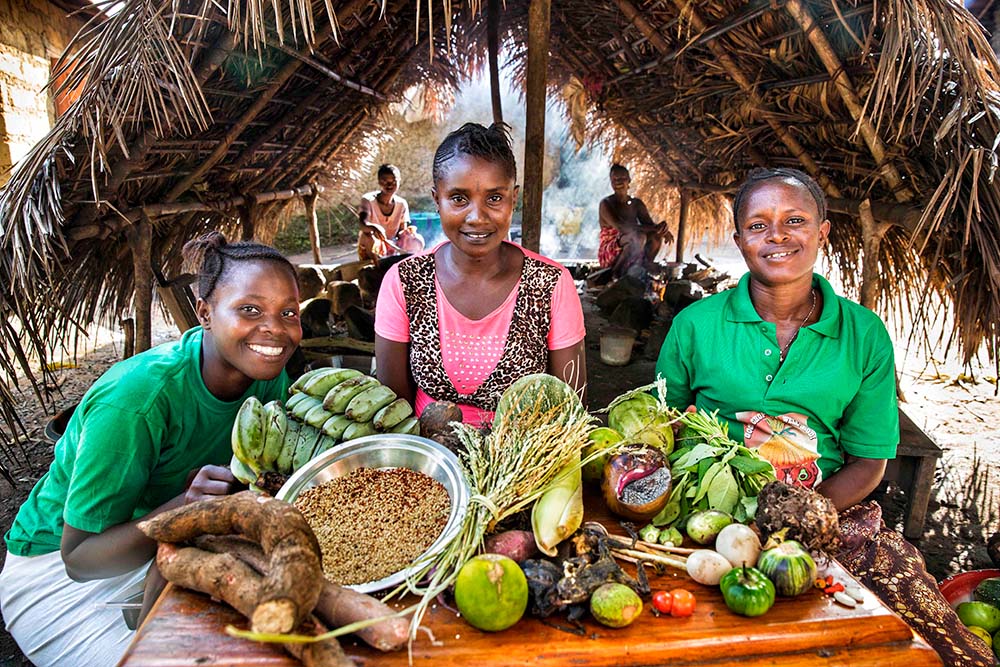
Much like neighboring Sierra Leone, Liberia suffered a 14-year–long civil war, which ended in 2003. A decade later, it was also hit by the world’s largest Ebola epidemic. One of the biggest challenges facing Liberians today is hunger and malnutrition, which spiked in part because of these events from the country’s recent history.
While many farms in Liberia have good conditions and soil for growing rich harvests, they often lie fallow due to a limited availability of equipment and supplies. The country is therefore dependent on imported staples, which have risen in cost in recent years due to the pandemic. With approximately 50% of Liberians living below the poverty line, this has created a dire situation.
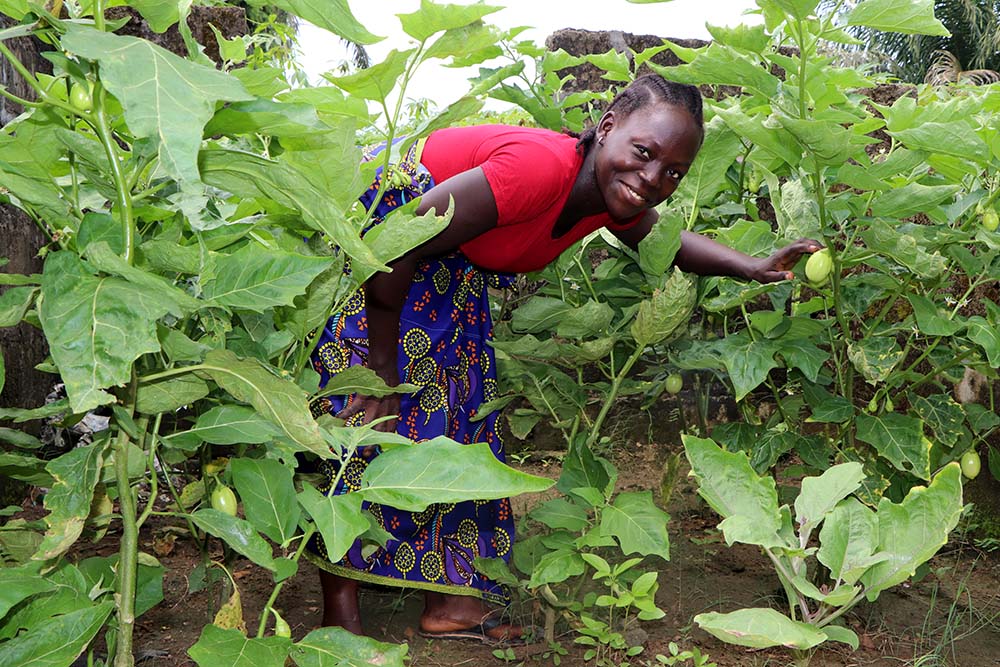
Not too far from Sierra Leone and Liberia is the west African nation of Guinea Bissau, whose progress towards reducing hunger levels roughly 15 years ago has been undone in the last decade. This is largely due to rising rates of malnutrition. While overall, 11% of the country’s population is food-insecure, that figure can be as high as 51% in some areas of this agriculturally-centered country. Political instability, irregular rainfall, and the effects of inflation are all fuelling a hunger crisis that affects tens of thousands of people.
Download the 2023 Global Hunger Index
Ranked as the world’s hungriest country in 2020, Chad is a mainstay on the Global Hunger Index, although it has made progress over the last two decades, despite a deadly combination of conflict and climate change. Chad is also a major host community for those fleeing conflict and instability in neighboring countries, and displacement numbers have grown this year thanks to the crisis in Sudan. Getting adequate food and nutrition is a major challenge for the growing number of refugees living in some of the most climate-worn parts of the country and remains a concern as we head into 2024.
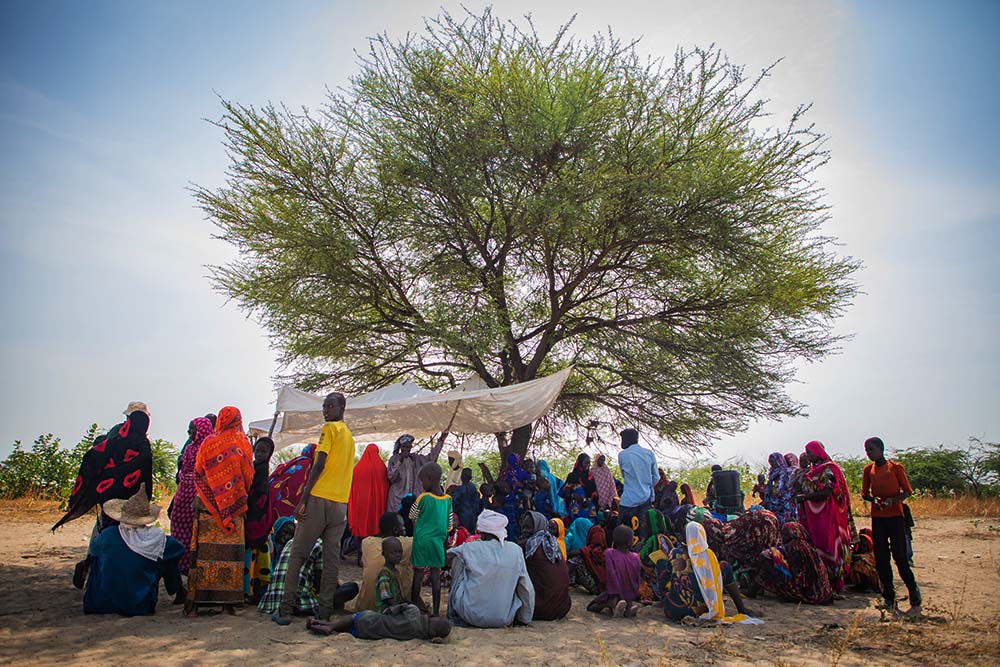
Several countries are not included on the 2023 Global Hunger Index due to insufficient data to support calculating their GHI scores (this includes some countries that have appeared on past rankings of the world’s hungriest countries). Based on available data, however, we estimate that Somalia, Burundi, and South Sudan would each rank somewhere within the top six hungriest countries for 2023.
Niger was excluded from recent Global Hunger Indexes due to insufficient data, but estimated to be somewhere among the top ten hungriest countries in that time. Last year, it re-entered the ten hungriest countries in the world list at number 7, and has moved up in 2023. Unfortunately, the latest developments of a protracted crisis in the country threaten to push more Nigeriens into hunger.
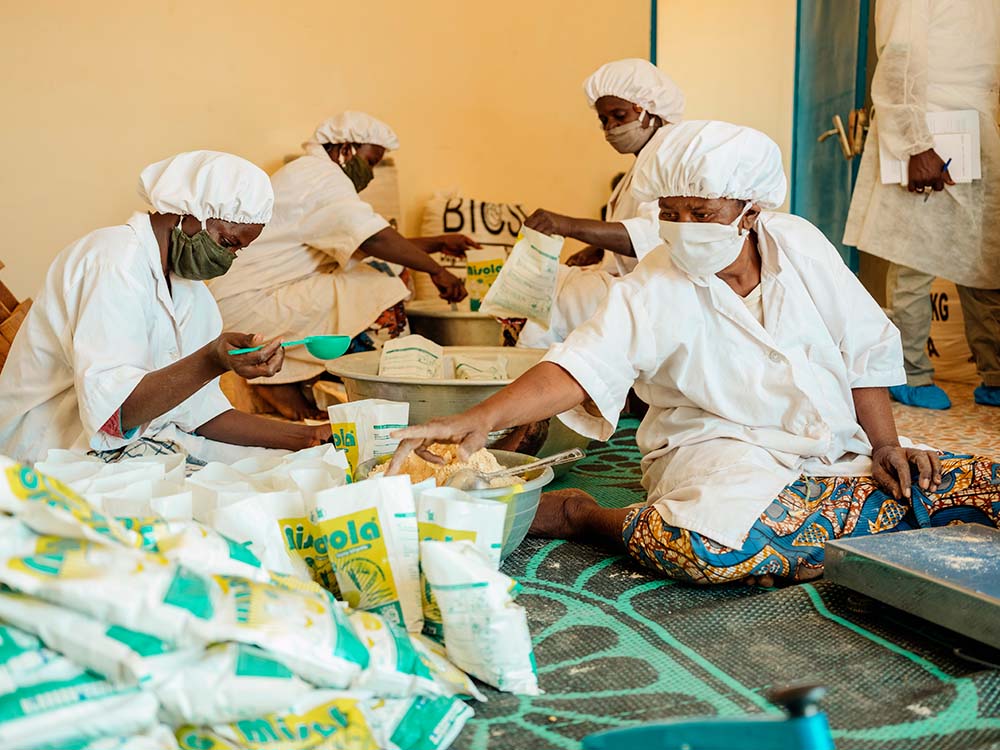
Despite these challenges, community groups have come together for several initiatives and projects to address some of the challenges facing food systems in Niger, supported by the High Commission for Nigeriens Nourishing Nigeriens. Activities include providing nutritionally-fortified flour at affordable prices and consistent quality and identifying areas of action for local policymakers to pursue.
A country entirely surrounded by South Africa, Lesotho has lost significant progress towards Zero Hunger, reverting to a GHI score that’s higher than its 2000 rating. Part of the issue here is climate change and agriculture. Lesotho is a mountainous terrain, with only 10% of its land suited to farming. However, approximately 45% of Basotho work in agriculture. In rural parts of the country, as many as 70% of residents are engaged in subsistence farming.
Over the last three decades, however, the weather has become less reliable with failed rains and frequent droughts. This year was an especially poor harvest, bookended by a long hungry season, due to rain-induced flooding in January and February that decimated crops. This not only deprives people of their primary source of food, it also lowers incomes and raises food prices. The World Food Program estimates that rural Basotho spend 45% of their income on food.
In terms of food security, the Democratic Republic of Congo was hit especially hard by the COVID-19 pandemic. Between 2020 and 2021, the number of people facing hunger jumped by 20%. Historically, Concern and Welthungerhilfe have faced challenges with getting a complete picture of hunger in the DRC. However, in 2021, we were able to once again include it on our GHI rankings. The situation, as we can tell, is dire.
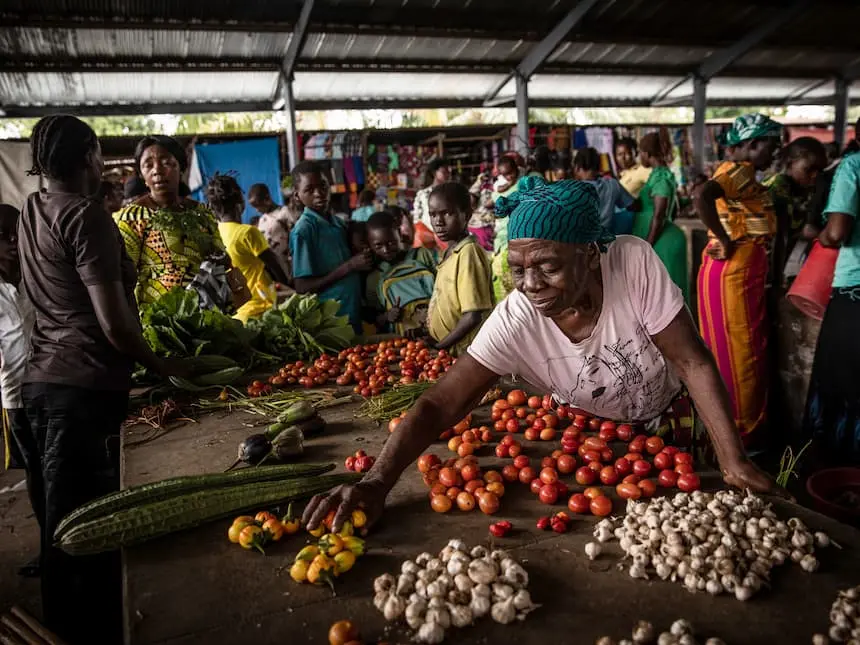
The DRC continues to be at the center of the biggest hunger crisis in the world, one that’s poised to affect 25.8 million people this year. This is fuelled by conflict, climate change, and a protracted economic crisis that has left 72% of the country’s population living below the poverty line.
Yemen is at the center of one of the world’s worst humanitarian crises, suffering from conflict within its own borders as well as the effects of conflict around the world. Since the start of the Yemeni Civil War in 2014, poverty has increased dramatically and the country’s economy has been shattered. Devastated public health and water and sanitation systems have also led to high case numbers of cholera, measles, and polio (among others). This makes malnutrition an even more deadly condition. Its dependency on Russia and Ukraine for wheat imports has furthered levels of food insecurity and pushed the prices of basic goods even further out of reach.
A deadly partnership of climate change and hunger is fuelling a growing crisis in Madagascar. The country’s southern region faces recurring droughts, with the current drought being labeled as the worst the country has faced in 40 years. At the drought’s height in 2022, hunger levels increased by 1 million people in just three months.
For more than a decade, a widespread humanitarian crisis has gripped the Central African Republic. Bouts of sectarian violence have displaced one out of every four Central Africans and led to rising rates of hunger and malnutrition.
“It’s incredibly challenging because when people need to move to escape the violence, they may lose access to their lands,” said Concern’s Pauline Carron in 2021, during an intense escalation of violence. “If they can come back, they might have lost what they’ve grown, and if they missed the harvest season, they’re into the lean season without any food reserves. It’s very difficult to survive if they don’t have their own food.”
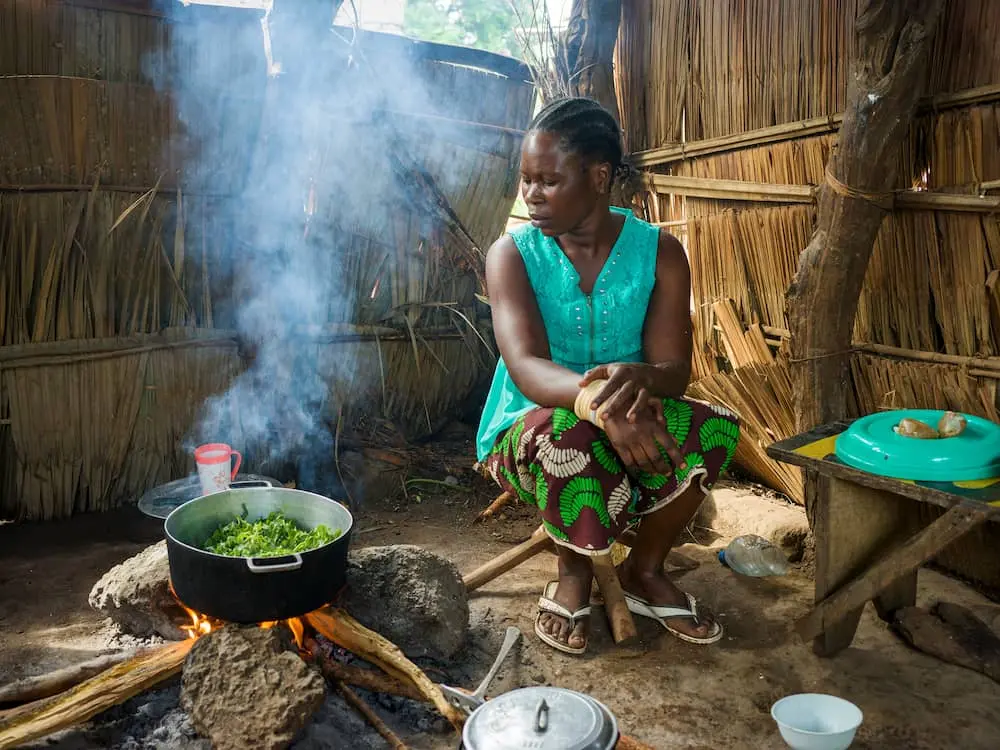
As noted above, there are many countries where hunger is widespread but where data is insufficient to properly rank them on the Global Hunger Index. Learn more about the hunger crisis in South Sudan, as well as how Concern adapted its award-winning CMAM program to address both hunger and the realities of COVID-19 in the country.
Thanks to early warning and early action, drought-plagued Somalia avoided a famine in 2017. However, Somalis have been hit hard by the Horn of Africa Crisis, part of what is best described as a cycle of crisis that has plagued the country for the last four decades. While the summer rainy season has helped matters in Somalia, the situation is far from resolved.
Your tax-deductible donation to Concern allows us to provide life-saving nutritional support in countries like Somalia, South Sudan, Central African Republic, and more. It’s helped some of the countries formerly on this top ten list to improve levels of malnutrition, especially among women and children. It can help us to do more in 2024 to fight the inevitable crises that hit hardest among the most vulnerable people, especially when it comes to their most basic needs.